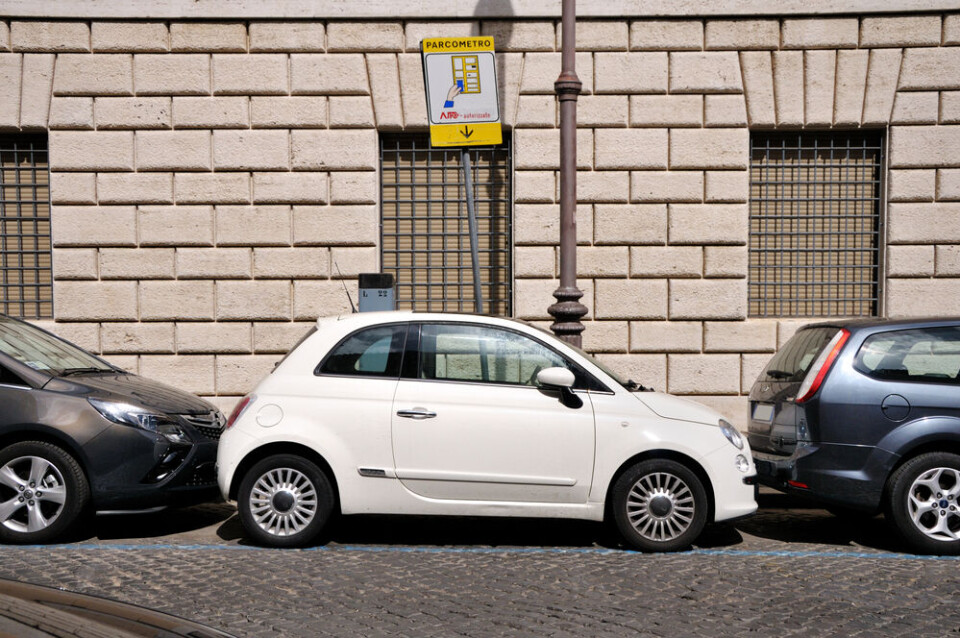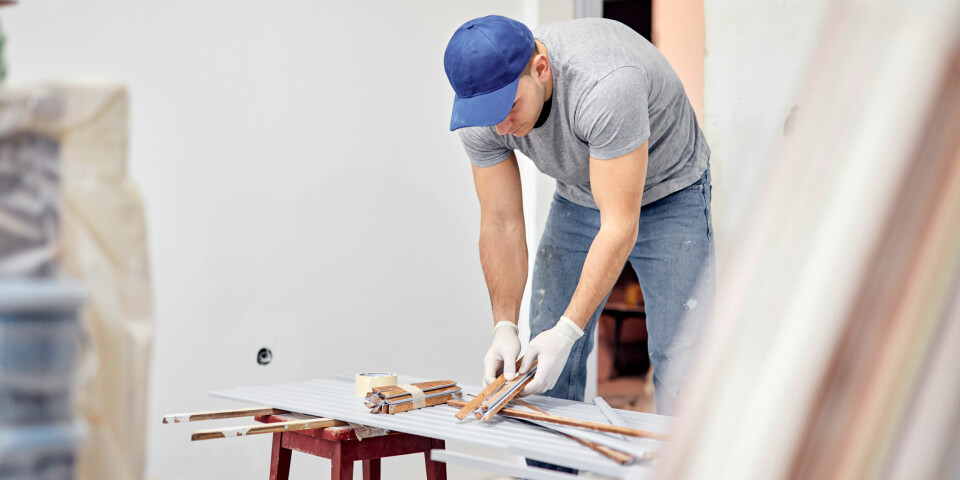-
When and why do we say le moral dans les chaussettes?
We explore this useful expression that describes low spirits
-
Tips for improving your French in 2026
Whether you live in France or not, there are lots of (often free) ways to bosse ton francais cette année !
-
When and why do we say blanc bonnet et bonnet blanc?
A phrase to use when two things are very similar
Garabit, gabarit: Do you know what these similar French words mean?
One refers to an engineering masterpiece, one is a versatile word linked to shape and space

Occasionally, two French words appear so similar when written down as to confuse even the most proficient or vocabulary-rich language learner. Here is a great example of two words visually alike yet whose meanings could not be more different: garabit and gabarit.
The former, which should be capitalised, is mostly obviously associated with one of France’s engineering masterpieces: the Garabit viaduct, Gustave Eiffel’s red, wrought-iron beauty in the titular windy valley in the Cantal department.
The second word, gabarit, is officially defined in one esteemed dictionary as “an outline on a drawing of an object (as a machine part) intended to move showing the space necessary to permit its motion” or “an outline on a drawing of a stationary object showing the space that must be kept clear for necessary access to it”.
So French people may use gabarit to refer to something’s clearance (i.e. a lorry’s clearance under a bridge) or, more simply, just to describe the size of something (or someone) or the space it occupies.
In common usage it can refer to many other things: a template (such as a computer software template), a pattern, mould, gauge, standard, regulation or calibre.
Etymologically, gabarit stems from the Provençal word gabarrit meaning a wooden or cardboard model of a ship. This in turn came from a gabarro ship, a name probably modified from the Late Latin carabus – a coracle-like boat.
Coincidentally, one might have once witnessed a gabare boat – the French, flat-bottomed variety used for transporting goods in days of yore – snaking along the very same river which Eiffel’s Garabit viaduct straddles, the Truyère.
Related articles
Ça crame: French phrases to describe when the weather is too hot
LISTEN: Click map allows you to hear 75 local languages of France
























